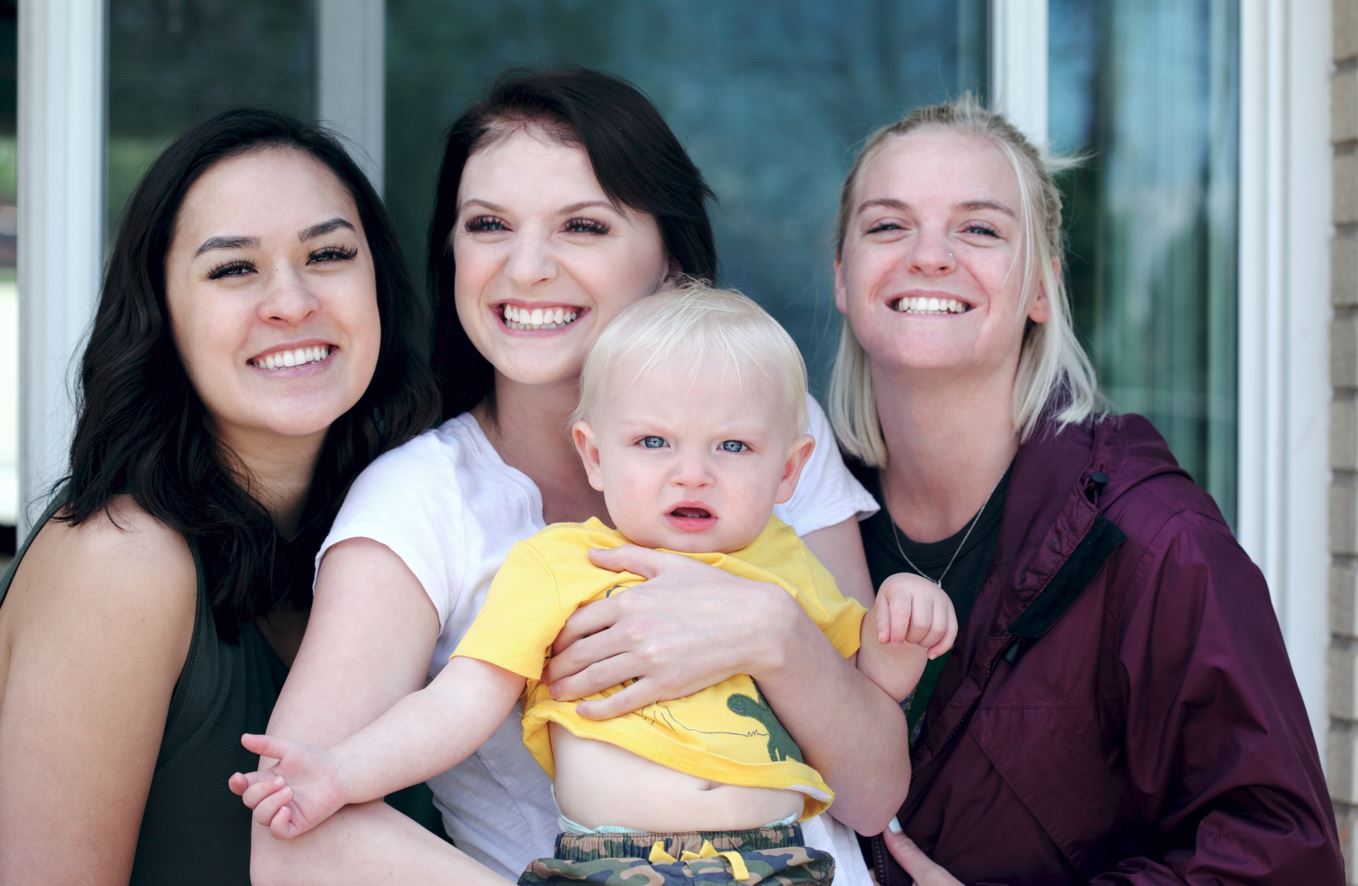
A new and more equitable approach to measuring socioeconomic status in international large-scale assessments on student achievement
by Pisana Ferrari – cApStAn Ambassador to the Global Village
Socioeconomic status (SES) is a variable that the vast majority of the international large-scale assessments (ILSAs) on student achievement derive from questions about parental occupation, parent’s level of education and their income bracket (or proxy indicators of household income). The student SES information is often collected as part of the survey questionnaires to provide context and is even sometimes legally mandated. SES is important because it is related to academic achievement and it can be used to create indicators of inequity of educational opportunities. For example, the OECD’s Program for International Student Assessment (PISA) results show that increasing educational equity goes along with increased achievement in a majority of countries. (1) In a recent study titled “Beyond Nuclear Families: Development of Inclusive Student Socioeconomic Status Survey Questions”, Ryan Whorton and his fellow researchers from ETS and Westat draw our attention to the fact that the traditional way of measuring SES works best with students who live with their parents, but is less accurate for other types of households. The social landscape has evolved and SES needs to take into account the fact that students may come from single-parent households, households with adults other than parents, extended family households, and multiple household arrangements. “It is relatively common for grandparents, stepparents, aunts, uncles, and other adults to provide the financial and emotional support traditionally assumed to come solely from one mother and one father”, Whorton says. “Some students live in more than one household and have four or more different adults in their lives that act as their caregivers”. The study outlines what could be a more equitable and inclusive way to measure student SES. cApStAn co-founder Steve Dept shared the news on his LinkedIn blog saying it looks very promising, and he looks forward to the challenges in adapting more diversity-minded contextual questionnaires for use in 3MC settings.
Study methodology
In the ETS/Westat study the researchers developed and tested new survey questions to measure household composition and housing arragements, caregiver education and employment. In the first part of the study students in grades 4, 8, and 12 with nontraditional families were interviewed to better understand how they viewed their families and caregivers. In part 2 of the study a different sample of students in grades 4, 8, and 12 students was able to provide information about their caregivers and other household members who contribute socioeconomic resources for the household. The caregivers were identified by the student. It was important that the students understand the term caregiver to refer to a person who provides resources and support.
Study recommendations
The study authors recommend that the term “caregiver” be used in place of “mother” and “father” in survey questions to better reflect the diversity of households and families. They also recommend that questions about caregiver education and employment include the titles of their caregivers (mother, brother…) and that the survey include household composition questions allowing students to identify some family members as their caregivers (e.g., grandparents, aunts, uncles, stepparents, and other adults). The researchers say their report is meant as a first step toward a more comprehensive and diversity-minded standard for measurement of student SES-using survey questionnaires. More research will be needed to optimize the new approach.
Footnotes
1) OECD/PISA is one of cApStAn’s flagship projects. cApStAn has been responsible for ensuring linguistic equivalence of all language versions of this large-scale international survey since its inception in the year 2000. In PISA 2021, this represents over 86 countries and over 100 national versions.
Sources
“Beyond Nuclear Families: Development of Inclusive Student Socioeconomic Status Survey Questions”, Ryan Whorton, Debby Almonte, Darby Steiger, Cynthia Robins, Christopher Gentile, Jonas Bertlin, Wiley Online Library, September 15, 2021
“A More Equitable Approach to Student Socioeconomic Status Measurement”, Ryan Whorton, ETS Open Notes
Photo credit: Sharon McCutcheon at Unsplash